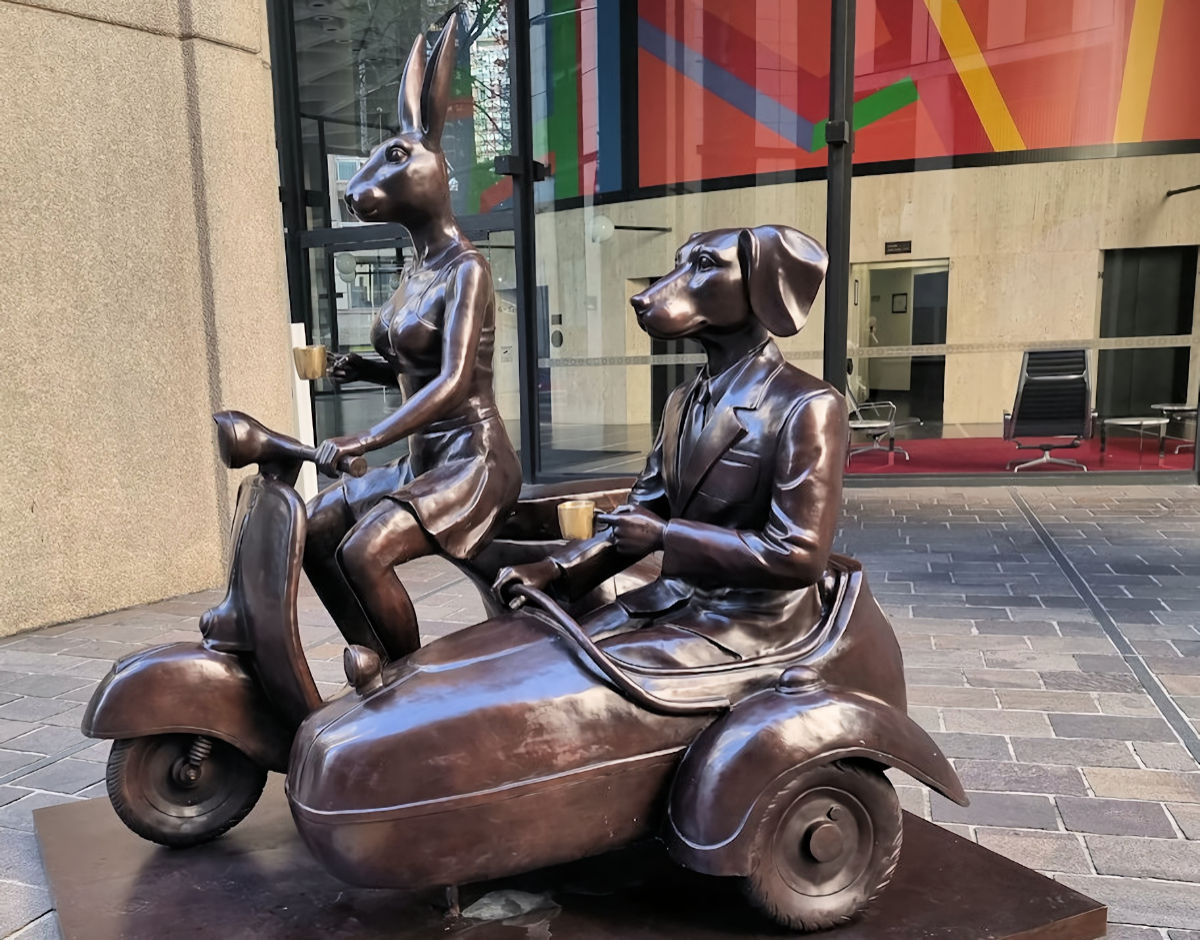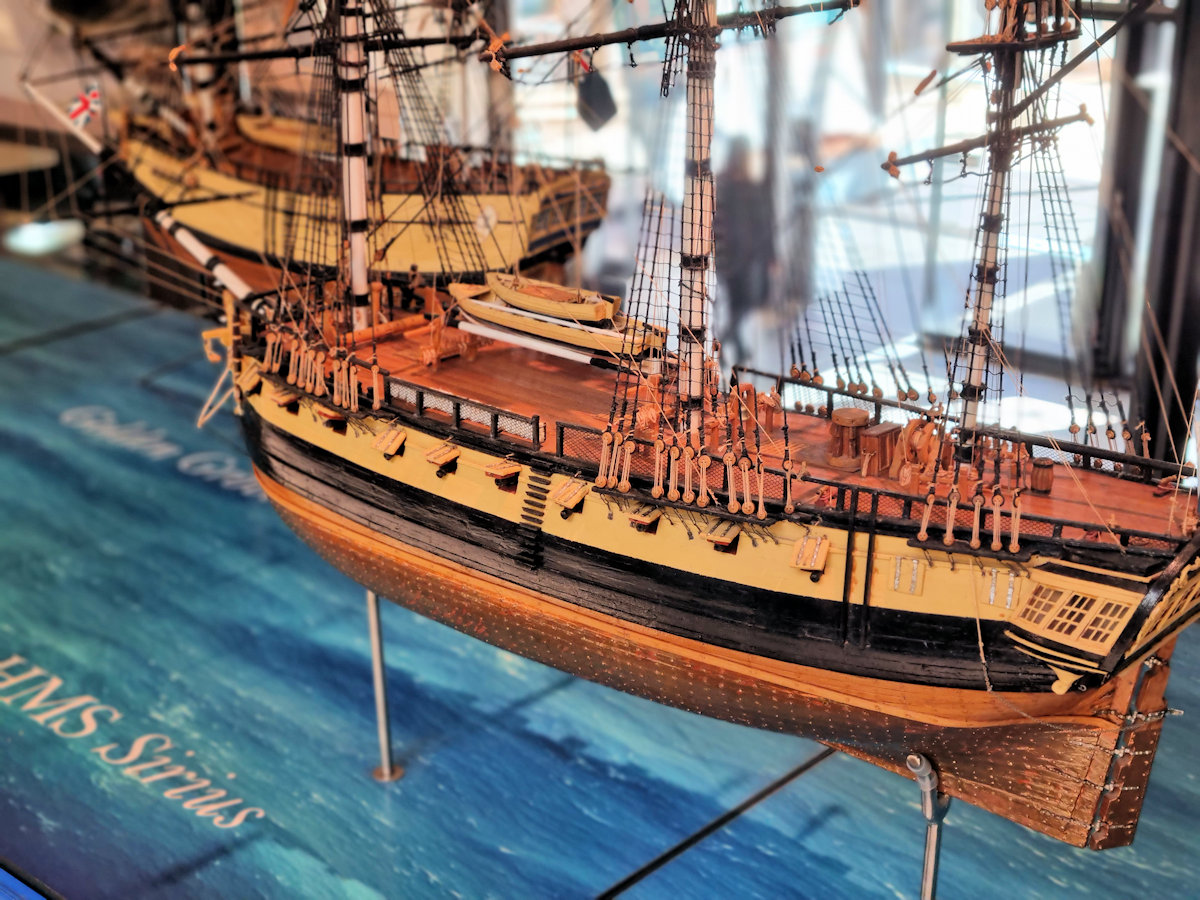Tag: Sydney
-
Rabbitwoman and Dogman George Street

Rabbitwoman and Dogman on a Vespa George Street Currently located at 264 George Street Sydney (September 2023), this Gillie and Marc bronze sculpture of Rabbitwoman and Dogman is titled “Together they were a golden couple”. The artists description on the statue is “Rabbitwoman takes the lead on the bike while Dogman gets cosy in the… Read more
-
Museum of Sydney

Museum of Sydney Located on Bridge St, not far from Circular Quay, the Museum of Sydney focuses on the history of the city with an emphasis on the impact white settlement had and still has on Aboriginal People. Getting There As with many attractions in Sydney, public transport is the easiest and cheapest way to… Read more
-
Museum Station Sydney
Museum Train Station Sydney History Opened in 1926, Museum Station was part of the Bradfield Plan. Designed by chief engineer John Bradfield, the plan incorporated the Sydney Harbour Bridge an underground city railway network and Central Station. Bradfield also planned the electrification of the suburban Sydney rail network. Although only partially implemented, his plan forms… Read more